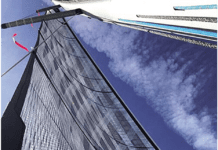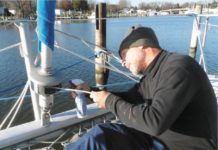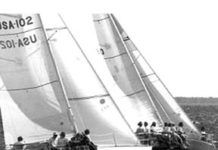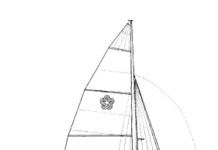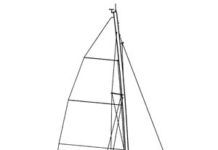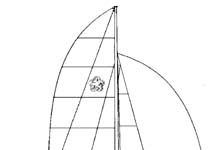Soverel 33
With a jumbo sailplan and racing pedigree, this boat owns the light air. And it can be cruised a bit.
Three Big-Three 30s
The Beneteau 311, Catalina 310, and Hunter 326 represent what could be called 'entry-level' cruising boats from the major makers, and here's how they could be compared...
Com-Pac 35
Com-Pac Yachts is a Florida builder with a particularly interesting history. The company was formed back in 1957 by W. L. "Hutch" Hutchins, Sr., an entrepreneurial tool-and-die maker who operated a metal-stamping and fabrication shop in St. Louis.
Express 34, Hobie 33, Olson 34
Three of the ‘best from the west,’ these performance sloops have been out of production for 15 years but are still hot because they’re fast and built well enough for blue-water sailing.
Freedom 35
Production of this Dave Pedrick design started in 1993 and continues today. An optional package for traditional headsails is a departure from Freedom’s self-tending legacy.
Wauquiez Pretorien 35
This well-made French cruiser has a fairly contemporary underbody and is strong enough to venture offshore. Finding one is the problem.
Hunter 320
A good looking mid-size cruiser that beginners will find comfortable and forgiving.
Hunter 310
This innovative family boat typifies Hunter’s design philosophy with its B&R rig, radar arch, circular cockpit and good value, but owners cite numerous niggling problems.
J/32
Alan Johnstone’s first design for J Boats is a roomy performance cruiser that suffers only from a lack of organized stowage.
Freedom 32
An easy-to-sail sloop, this Freedom 32 with a fair turn of speed, beamy accommodations and surprising offshore capability.













